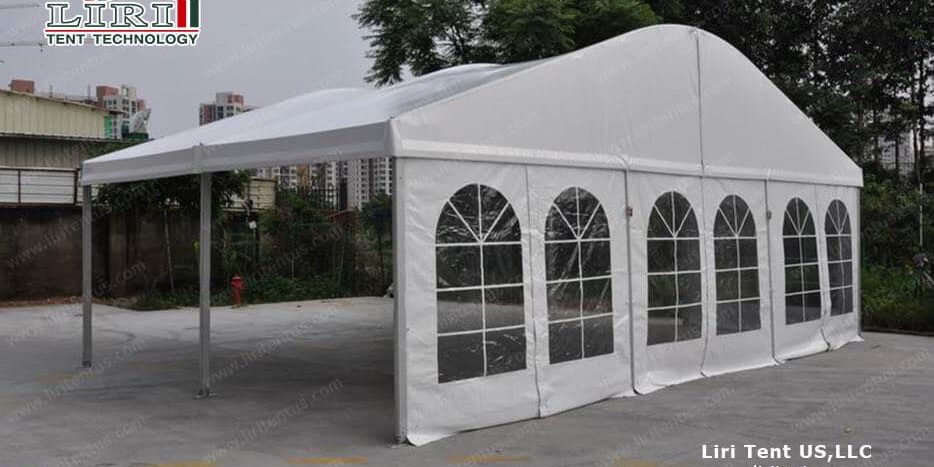According to the meteorological department monitoring, on the 7th at 16:00, Typhoon “Lotus” was situated approximately 370 kilometers to the southeast of Shantou City in the northeastern part of the South China Sea. They expected “Lotus” to intensify as it moved northwest at a speed of around 10 kilometers per hour.
Most likely, on the evening of the 8th and into the night, “Lotus” will make landfall as either a typhoon or a tropical storm (categories 11 or 12) along the eastern coastal regions, heading westward towards Taiwan or the eastern offshore areas. This is expected to have a significant impact, with heavy rain and strong winds, particularly in Guangdong.
During the “Lotus” effect period, the eastern coastal regions and northern parts of Guangdong were expected to experience heavy rainfall. Throughout this period, the cumulative precipitation could reach 250-350 mm, with some areas potentially exceeding 400 mm.
In previous years, the trees in the Liri Factory were bent under the pressure of the typhoon. In previous years, Liri Tent’s 40m clearspan big tent was still safe and sound under the typhoon.
How to Secure a Tent in High Winds or Typhoon
Tents and temporary outdoor buildings will require special protection in cases where a typhoon is approaching.
1. When the wind speed is at magnitude 8 or below, you should take certain precautionary measures. Firstly, the tension bars around the sidewalls need to be secured close to the ground. Tighten the rope buckles between each bay’s sidewalls. This action helps create a completely enclosed space, preventing wind from entering.
Secondly, it is necessary to adhere to the standard counterweight guidelines specified for the type of tent. To make the tent safer, use cable-stayed steel to reinforce the tent. Ideally, use it at each bay and at a minimum at all four corners. In previous years, Liri Tent has reinforced its 40m clearspan big tents during typhoons.
2. In cases where the wind speed exceeds magnitude 8, it’s advisable to dismantle the tents. This is ideal if time, labor, and other conditions allow it. After the typhoon, you can put them back together.
If that’s not possible to dismantle it, it’s best to remove the roof cover and sidewalls. Leave only the tent frame and evacuate the staff and valuables to minimize potential losses.
Liri Tent’s manufacturer uses excellent materials, opting for high-strength aluminum alloy for the tent frame and hot-dipped galvanized steel for the connectors. Under standard installation and fixing conditions, Liri Tents can withstand wind speeds ranging from 8 to 10 magnitudes.
However, despite their durability and wind resistance, when wind speeds increase significantly and the weather worsens, it’s essential to prioritize staff safety and evacuate promptly. After all, these tents serve as temporary outdoor constructions and should not provide shelter in severe winds.
Despite this, in previous years, Liri Tent’s 50m clearspan big tents have still stood their ground during typhoons.

